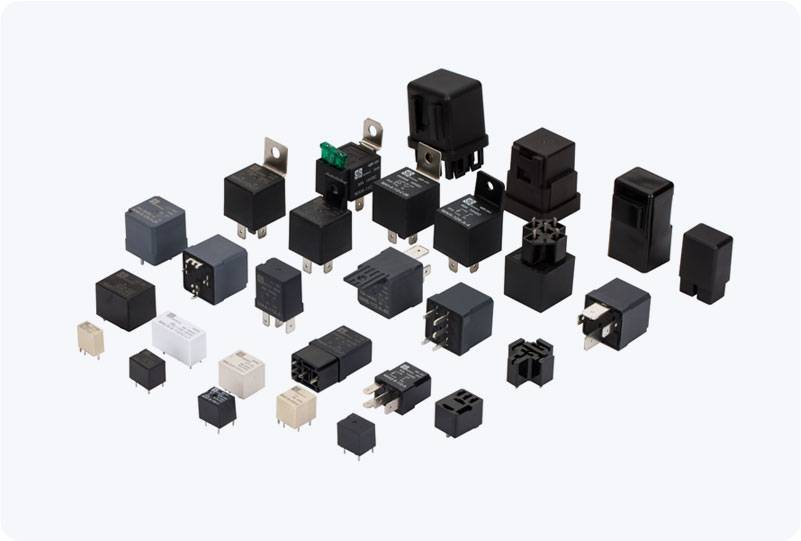A Time Delay Relay (TDR) is a specialized type of relay used in electrical circuits to introduce a time delay between the input and output states. It serves as a critical component in various automation and control systems, ensuring that electrical devices operate in a specific sequence or with a delay, preventing rapid or undesirable switching. In this article, we will explore the function, types, applications, and importance of Time Delay Relays in modern electrical systems.

What is a Time Delay Relay? A Time Delay Relay is an electrical relay that delays the action of switching the load on or off after receiving an input signal. Unlike standard relays, which immediately respond to changes in the input, a TDR introduces a programmed time interval before responding. This delay can be a few milliseconds or several minutes, depending on the application and the design of the relay. It allows circuits to perform sequential operations, prevents short cycling of equipment, and ensures that devices or systems function in an orderly and controlled manner. How Does a Time Delay Relay Work?